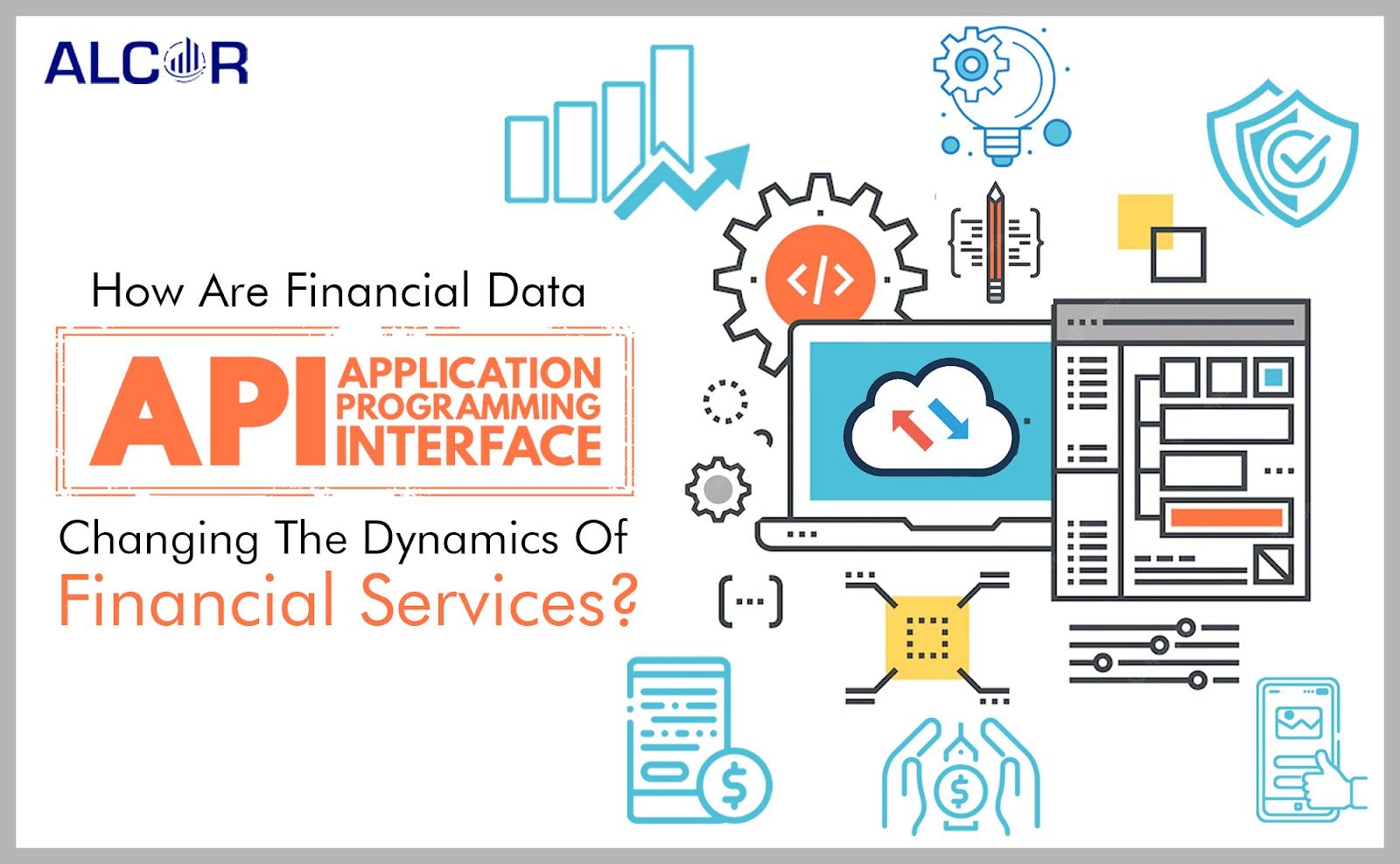There is no denying that financial APIs technology is a total game-changer in the finance sector. It acts as a messenger between the financial institutions and the end-user. And it ensures the direct exchange of diverse financial data across digital platforms. So you might be wondering why financial data API is important?
APIs are a must to share financial data securely and robustly. It allows financial institutions to connect with businesses across the globe. As financial APIs have revolutionized the finance sector for good. So if you are eager to learn more about it, stay tuned to this blog.
What Is A Financial API?
The truth is the finance sector is an ever-evolving field. It comes with its ups and downs. And without an iota of doubt, the financial API is a revolutionary tool.
The primary purpose of financial API is to provide better connectivity and economic access to the end-users. Meanwhile, it provides reliable and accurate financial data to investors and traders. Therefore, it guides them in making an informed decision.
Now that is something incredible!
It means it saves the investors time, money, and resources. Moreover, it helps them in making profitable decisions. Thus it allows them to scale up their business in the best possible way.
Perks Of Using Financial API In The Business Sector
- It allows the users direct access to the financial information
- It will enable smooth data sharing between consumers, business partners, and third parties.
- Also, it helps to sync the data across different digital platforms.
- Provides ease in financial management
- Budget-friendly option
- Improved user experience
- Error-free process
- Cultivates business innovation
- Provides new business opportunities
- It provides high-level security
- Provides hassle-free user experience
- Improved business performance
No doubt, financial APIs are remarkable tools for a plethora of reasons. They not only benefit small to large-scale corporations. But it is also a boon for the developers. So let us find out how financial APIs are valuable for developers.
Financial API Benefits For The Developers
- It provides accurate and latest information to the developers
- Helps efficient app development: No more manual coding
- No need for data storage. The API retrieves the data from the original servers when needed.
- An automated system increases both the productivity and efficiency of the system
- Provides relevant information to the users in no time
- Provides user-friendly interface
- It is a flexible tool: that helps to predict changes over time
Thus, the financial API is creating waves across the financial sector. And above all, the developers are also benefiting from financial API to a great extent.
What Are Different Types Of Financial APIs
Within the finance sector following the are common types of financial APIs:
Internal APIs
They are also known as private APIs. As the name suggests, they are widely used in financial institutions. And they help in the following ways:
Improved efficiency.
- Product development
- Safe data management
- Automated process
- Pocket friendly
- Promotes internal collaboration
- Provides secure data exchange between internal groups
Partner APIs
Do you know which one is the best API if you want to form a data connection between two groups?
Yes. You guessed it right.
We are talking about none other than the Partner API. There is no denying that it forms a direct and robust connection between the bank and a third party. Most of the time, the financial API helps the banks to create the following:
- New products or service
- Innovative tools like personal financial management
- A robust way to process the loan application process
- Improving services for their customers
- Providing credible and secure financial data to the customers from banks
Open APIS
In contrast to partner APIs that provide financial data to only one party. Open API offers financial data to various third-party service providers. Thus, it provides safe and secure banking services to customers. Therefore they can share the following details:
- Bank account numbers
- Routing numbers
- Transactions history
- Current balance
Do you know the top concern for banks, investors, and third parties? Security and privacy:
Therefore, open APIs always follow security protocols to protect the consumers’ data.
Hence Open APIs foster a relationship of trust between the bank and the customers. Thus they can share their confidential information with the banks. Moreover, open APIs also help to create practical financial applications and services.
In a nutshell, the API has taken the financial sector to new heights of success. And without a doubt, it is a fantastic way to meet the customers’ ever-changing demands. Moreover, it not only hooks the existing customers but also attracts potential consumers.
Importance of API testing
But if you are new to this game, there is no need to lose ground. If you are an API beginner, keep track of the following points:
API testing tool
What is the best way to maximize the potential of the API tools?
Yes, it is via the API testing tool.
Thus, various financial API tools are in the market depending on the end-user needs. Hence, it is crucial to compare the various testing tools to find the right tool for yourself.
Three primary aspects of API Testing
| Connectivity | To test the API’s connectivity, begin with its URL. If it gathers a 200 response, it means the connection is strong. But in case the server does not receive the request, it shows as a connection failure. |
| Response | While testing APIs, correct responses should return for different API requests. Some standard status codes are the following:
400: Bad request 401: Unauthorized 403: Forbidden 404: Not found 409: Conflict 500: Internal server error
|
| Performance | Checking the performance is quite an essential aspect of API testing. And the response comes back within nanoseconds after the request. Thus APIs need to manage and control data in no time. Only fast and robust responses will be able to handle bulk data.
|
Therefore the financial API provides an innovative banking system and improved user experience. It helps the end-users to execute plans and track their spending activities. It covers economic activities in all aspects.









